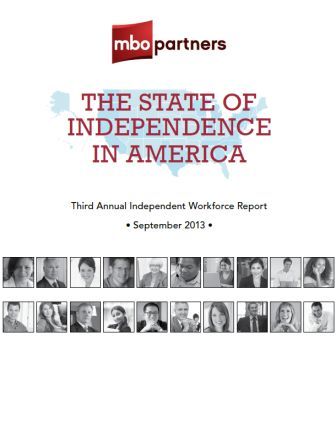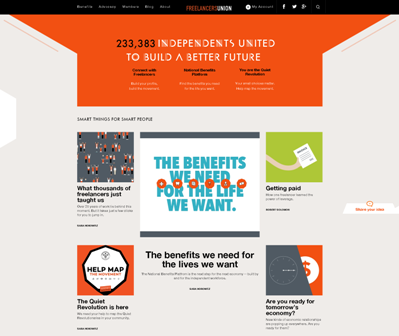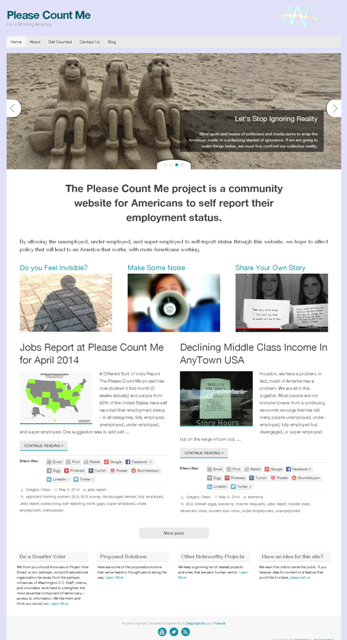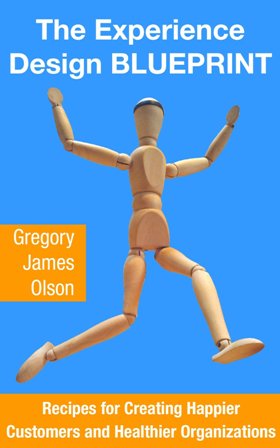 We’ve all been there, driving down the highway, listening to music, not really paying attention as our mental autopilot seems to be in control. After we awake from our highway hypnosis, we barely recall the minutes that have passed us by and don’t recognize the distance traveled.
We’ve all been there, driving down the highway, listening to music, not really paying attention as our mental autopilot seems to be in control. After we awake from our highway hypnosis, we barely recall the minutes that have passed us by and don’t recognize the distance traveled.
This phenomena happens to us more often than when we are driving. Our brains are resistant to change and want to quickly return to a steady comfortable state. They like to “keep it real” by not accepting too much new information that feels wrong or incompatible. When we receive new information we like to treat it like the familiar and force it to fit our established patterns and ways of thinking, like driving on a familiar road. This isn’t diabolical or manipulative, it is simply part of being an imperfect human.
 It turns out this brain behavior is self preserving. Imagine that we didn’t complete patterns and we had to slow down and think about every single l e t t e r that we typed or r e a d. Imagine that we had to re-learn how to walk each day and to tie our shoes and even how to put those shoes on. Or, that we had to consult our mental checklist for everything we came across to assess its potential threat. Of course everyday life would become daunting with the sheer volume of things we encounter and decisions we face as we go about living, working, and recreating.
It turns out this brain behavior is self preserving. Imagine that we didn’t complete patterns and we had to slow down and think about every single l e t t e r that we typed or r e a d. Imagine that we had to re-learn how to walk each day and to tie our shoes and even how to put those shoes on. Or, that we had to consult our mental checklist for everything we came across to assess its potential threat. Of course everyday life would become daunting with the sheer volume of things we encounter and decisions we face as we go about living, working, and recreating.
But, most of us are blind to this brain truth.
And this is unfortunate, because this same phenomenon can also blind us to opportunity or new learning. It can numb us to the problems others face or even that we all face together. Think climate change, the changing world of work, the shortcomings of capitalism, decaying faith, inequality, corruption, security threats, racism, police brutality, idle capital, corporate short-termism, homelessness, marriage equality, sustainable energy, etc. With each of those subjects you have some familiarity or don’t. You’ve either fit those to existing patterns or cast the unfamiliar ones out as irrelevant. This brain’s inner workings don’t discriminate. This phenomenon equally disadvantages leaders as well as those they would expect to follow them.
 Think of how long it takes you to accept the new. Think of your struggle with and opposition to new ideas and initiatives. This same pattern making behavior your brain habitually engages in every day is also the reason why you drink the same coffee, listen to the same radio station, visit the same stores, wear the same brand shoes, and everything else that forms your consumer habits.
Think of how long it takes you to accept the new. Think of your struggle with and opposition to new ideas and initiatives. This same pattern making behavior your brain habitually engages in every day is also the reason why you drink the same coffee, listen to the same radio station, visit the same stores, wear the same brand shoes, and everything else that forms your consumer habits.
“It isn’t so much that you think about these things as much as the fact that you don’t.”
It isn’t so much that you think about these things as much as the fact that you don’t. This is bad news for the shopkeeper in your neighborhood that will never gain your business or the bright kid down the street whose promising idea is denied relevance from the outset. But, its also bad new for you. You could deny yourself enriching experiences and participation in making the world or your own neighborhood and community a better place. And, you might unwittingly shut down and discourage others that are trying to do the same.
 Again you have something new to think about. I recognize this is dangerous and might not fit your existing patterns. While your protective brain might want to discard this fact I urge you to read on.
Again you have something new to think about. I recognize this is dangerous and might not fit your existing patterns. While your protective brain might want to discard this fact I urge you to read on.
Think of your favorite food for just a moment. Visualize eating this favorite food. OK, good I still have you. Hopefully inside that brilliant brain of yours, I’ve successfully linked this article with your favorite food. Now, every time you eat your favorite food, I want you to recall this article about your brain behavior when it is confronted with something new.
This idea of brain resistance isn’t actually a new idea, it’s always been here. Maybe you are now only becoming aware. Machiavelli captured the essence of what I’m saying several centuries ago in this quote,
“And it ought to be remembered that there is nothing more difficult to take in hand, more perilous to conduct, or more uncertain in its success, than to take the lead in the introduction of a new order of things.
Because the innovator has for enemies all those who have done well under the old conditions and lukewarm defenders in those who may do well under the new. This coolness arises partly from fear of the opponents, who have the laws on their side, and partly from the incredulity of men, who do not readily believe in new things until they have had a long experience of them.
Thus it happens that whenever those who are hostile have the opportunity to attack they do it like partisans, whilst the others defend lukewarmly….“
Niccolò Machiavelli – Italian Diplomat, Political Philosopher, Musician, Poet, and Playwright (1469-1527)
 Machiavelli might not have had neuroscience on his side, but he was a keen observer of human behavior. His quote captures well, the barriers that new ideas face. I believe in the resilient of the human spirit. I also believe in the power of collective intelligence. I’m optimistic that good changes are afoot. A more sustainable and more inclusive world is arriving. I look forward to new thinking and the systems and institutions to follow that will put in motion the idle capital and talent that the familiar patterns have sidelined. We needn’t marginalize many of the earths population and create artificial scarcity when we live in such an abundant world. So, give in. Stop resisting a better world. The train of human progress is leaving the station. Please get on board. Humanity needs you.
Machiavelli might not have had neuroscience on his side, but he was a keen observer of human behavior. His quote captures well, the barriers that new ideas face. I believe in the resilient of the human spirit. I also believe in the power of collective intelligence. I’m optimistic that good changes are afoot. A more sustainable and more inclusive world is arriving. I look forward to new thinking and the systems and institutions to follow that will put in motion the idle capital and talent that the familiar patterns have sidelined. We needn’t marginalize many of the earths population and create artificial scarcity when we live in such an abundant world. So, give in. Stop resisting a better world. The train of human progress is leaving the station. Please get on board. Humanity needs you.
Guaranteed this will be a better journey than the highway hypnosis that might have you travel to a destination where you’d rather not be. And, remember on this journey, bring along your favorite food; perhaps you’ll share it with a neighbor while discussing that new idea.
About the Author

Gregory Olson is a consultant, speaker, and author of The Experience Design BLUEPRINT: Recipes for Creating Happier Customers and Healthier Organizations. His latest book project is l’ impossi preneurs: A Hopeful Journey Through Tomorrow.
Learn more and connect with Greg on Linkedin, Facebook, or Twitter.
Chapters in The Experience Design Blueprint that especially pertain to this post include:
- Chapter 8: The Promise Delivery System
- Chapter 9: The Neighborhood
- Chapter 11: Barriers to Innovation and Overcoming the Wall
See a book summary. Read the book reviews on Amazon. Read The Experience Design Blueprint on Kindle or any device using the free Kindle Reader application or read the full color print edition. Already read it? Please connect and let me know.




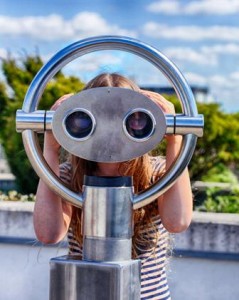













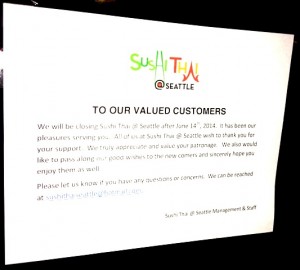 The World of Work Has Changed
The World of Work Has Changed
